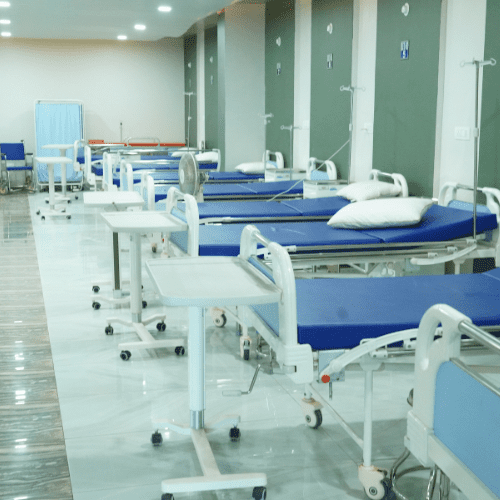Maternal health is a critical indicator of a nation’s overall health status, reflecting the effectiveness of its healthcare system and social structures. However, significant disparities exist in maternal health outcomes, particularly in low-income countries. Women in these regions face alarming rates of maternal mortality and morbidity, largely due to inadequate access to healthcare services and socio-economic challenges. Understanding these disparities is crucial to addressing the gaps and improving maternal health outcomes on a global scale.
Understanding the Maternal Health Disparities in Low-Income Nations
Maternal health disparities in low-income countries are stark and alarming. According to the World Health Organization, nearly 94% of maternal deaths occur in low- and middle-income countries, with women in sub-Saharan Africa facing the highest risks. These disparities are often exacerbated by a lack of access to quality healthcare facilities, insufficient trained medical personnel, and socio-economic factors that undermine women’s health and well-being. Maternal mortality rates can be as high as 500 per 100,000 live births in some of the poorest regions, compared to less than 20 in many high-income nations.
Cultural practices and societal norms also play a significant role in shaping maternal health outcomes in these countries. In many instances, women may be discouraged from seeking medical help due to traditional beliefs, stigma, or fear of discrimination within healthcare settings. Additionally, in some cultures, women have limited autonomy, restricting their ability to make informed choices about their reproductive health. These societal dynamics contribute to a cycle of poor maternal health that is difficult to break without targeted intervention.
Moreover, the COVID-19 pandemic has further highlighted and exacerbated the existing maternal health gaps. The pandemic has disrupted healthcare services, leading to increased barriers for pregnant women in accessing essential care, including antenatal, delivery, and postnatal services. The compounding effects of the pandemic underscore the need for urgent action to address these disparities and ensure that all women, regardless of their socio-economic status, receive adequate maternal healthcare.
Key Factors Contributing to Maternal Health Gaps Worldwide
Several key factors contribute to the maternal health gaps observed in low-income countries. First and foremost is the lack of access to quality healthcare services. Rural areas often suffer from a shortage of healthcare facilities, and those that do exist may lack essential resources, such as medical supplies, trained staff, and emergency care capabilities. This lack of infrastructure significantly diminishes women’s ability to receive timely and effective care during pregnancy and childbirth.
Economic barriers also play a critical role in maternal health disparities. In low-income countries, many women are unable to afford the costs associated with prenatal care, skilled childbirth attendance, and postnatal follow-ups. Financial constraints can lead to delays in seeking care or opting for unsafe alternatives, such as home births attended by untrained individuals. The economic burden associated with maternal healthcare can deter families from investing in the health of women, further perpetuating cycles of poverty and ill health.
Finally, the influence of education and awareness cannot be overlooked. Women in low-income countries often have limited access to education, which hinders their ability to make informed decisions regarding their health. Lack of knowledge about maternal health, reproductive rights, and available healthcare services can drastically affect a woman’s willingness to seek care or understand the importance of regular check-ups during pregnancy. Educational initiatives aimed at empowering women and improving awareness can play a pivotal role in addressing these gaps and improving maternal health outcomes.
Addressing maternal health gaps in low-income countries requires a multifaceted approach that encompasses improved healthcare access, economic support, and education. Collaborative efforts among governments, non-governmental organizations, and local communities are essential to create sustainable solutions that empower women and ensure their health and well-being. By recognizing and addressing the underlying disparities influencing maternal health, we can work towards a future where all women, regardless of their circumstances, have the opportunity to experience safe and healthy pregnancies.




